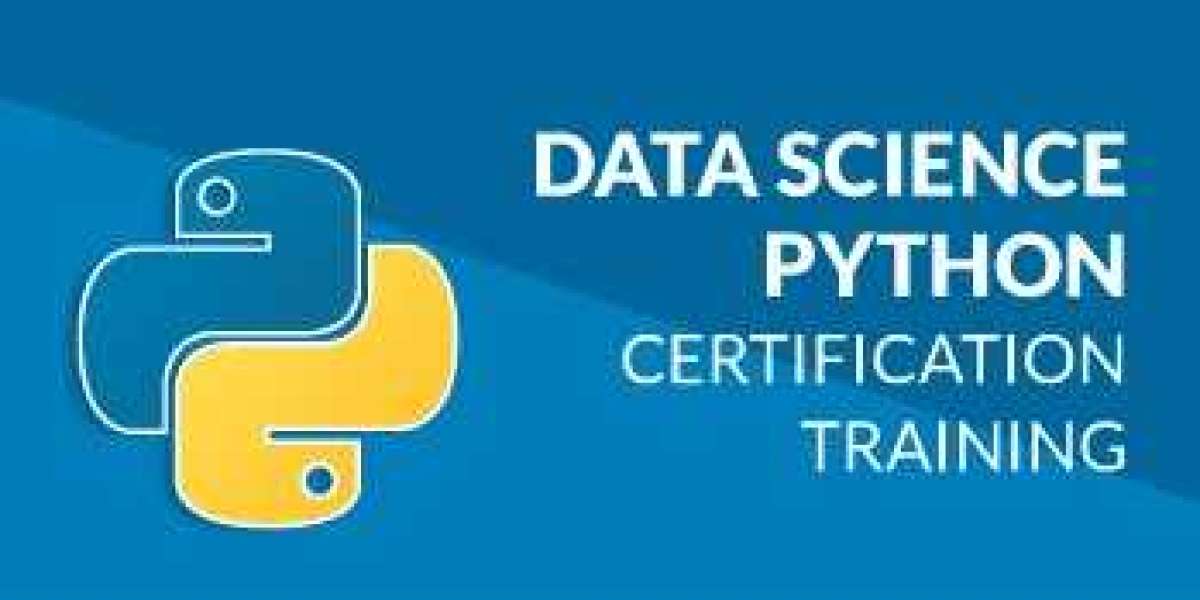An extensive library in data science refers to a comprehensive collection of pre-built functions, modules, and tools specifically designed to support various aspects of data analysis, manipulation, visualization, and modeling. These libraries provide a wide range of functionalities that aid data scientists in performing complex data tasks efficiently and effectively.
In the field of data science, libraries play a crucial role in accelerating the development and implementation of data-driven solutions. These libraries are typically built by experienced developers and domain experts, who package commonly used algorithms, statistical methods, data structures, and visualization tools into reusable modules. They are often written in popular programming languages, such as Python or R, and are freely available for use by the data science community.
An extensive library in data science serves as a valuable resource for data scientists, providing a wide range of tools and functionalities that significantly reduce development time and effort. These libraries are continuously updated and enhanced by the open-source community, making them versatile and adaptable to evolving data science challenges. Leveraging such libraries allows data scientists to focus on problem-solving and deriving insights from data, rather than reinventing the wheel by implementing algorithms and functionalities from scratch. By obtaining Data Science with Python, you can advance your career in Data Science. With this course, you can demonstrate your expertise in data operations, file operations, various Python libraries, many more fundamental concepts, and many more critical concepts among others.
An extensive library in data science may include the following components:
Data manipulation and analysis: Libraries offer a suite of functions for importing, cleaning, transforming, and aggregating data. They provide capabilities for filtering, sorting, joining, and reshaping data, enabling efficient data preprocessing and exploration. Examples of such libraries include pandas in Python and dplyr in R.
Statistical analysis: Libraries include a wide range of statistical methods and functions that facilitate descriptive and inferential analysis. They provide tools for hypothesis testing, regression analysis, time series analysis, clustering, and more. Popular statistical libraries include SciPy, StatsModels, and scikit-learn in Python, as well as stats and caret in R.
Machine learning and predictive modeling: These libraries offer an extensive set of algorithms and techniques for machine learning tasks, such as classification, regression, clustering, and dimensionality reduction. They provide implementation of popular algorithms, evaluation metrics, and tools for model training, validation, and deployment. Libraries like scikit-learn, TensorFlow, Keras, and PyTorch are widely used in this domain.
Data visualization: Libraries designed for data visualization allow data scientists to create meaningful visual representations of their data. They offer a variety of charts, graphs, and visualization techniques to present insights and patterns in an intuitive and informative manner. Matplotlib, Seaborn, ggplot2, and Plotly are popular libraries for data visualization.
Natural language processing (NLP): NLP libraries provide tools and algorithms for processing and analyzing human language data. They offer capabilities for text tokenization, sentiment analysis, part-of-speech tagging, named entity recognition, and text classification. Libraries like NLTK, SpaCy, and Gensim are widely used in NLP tasks.
Big data processing: With the increasing volume and complexity of data, libraries like Apache Spark and Apache Hadoop provide scalable and distributed computing frameworks for handling large datasets. They offer efficient data processing, distributed storage, and parallel computing capabilities, enabling data scientists to work with big data efficiently.



